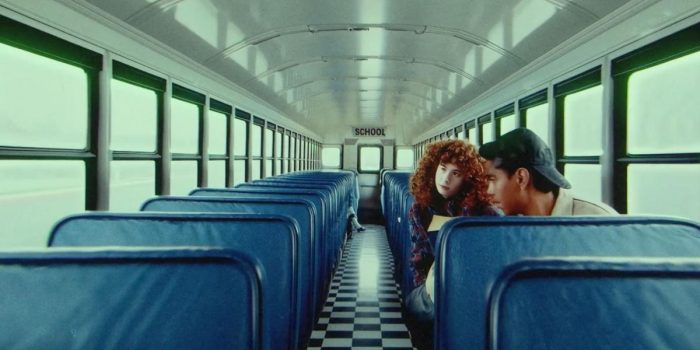Writer-director Paul Trillo recently debuted what is being hailed as the “first official music video” produced using Sora, OpenAI’s pioneering text-to-video AI model. Sora, a cutting-edge generative AI tool, was unveiled earlier by OpenAI, granting limited access to a select group of artists, including Trillo. Although not yet available to the general public, Trillo’s music video has sparked considerable excitement about this groundbreaking technology.
The video, accompanying Washed Out’s single “The Hardest Part,” is a testament to Sora’s capabilities. Trillo crafted a four-minute visual spectacle characterized by rapid zooms seamlessly connecting diverse scenes, a concept he had envisioned nearly a decade ago but only realized with Sora’s assistance. The process involved generating 700 individual video clips with Sora, from which Trillo meticulously selected and edited 55 clips to compose the final piece using Adobe Premiere.
“This was an idea I had almost 10 years ago and then abandoned. Finally was able to bring it to life,” posted Trillo.
Washed Out expressed enthusiasm about the potential of AI in creative endeavors, eagerly anticipating integrating such technologies into his future projects. Trillo’s use of Sora differed from previous AI video ventures, as he solely relied on its text-to-video functionality rather than incorporating motion into still images—a method commonly seen in AI-assisted projects.
“I look forward to being able to incorporate some of this brand-new technology and seeing how that informs what I can come up with,” Washed Out told the Los Angeles Times in an interview.

Trillo’s innovative approach underscores Sora’s ability to translate textual descriptions into complex visual narratives, distinguishing it from other AI tools. Despite the buzz surrounding Sora, it has also attracted criticism from some quarters of the creative community. Filmmaker Luke Neumann questioned the ethical implications of using AI in artistic production, reflecting a broader conversation about the intersection of technology and creativity.
“Does your conscience speak to you at all regarding the ethics of this?” commented filmmaker Luke Neumann on Trillo’s video post on X.
Meanwhile, Adobe aims to integrate Sora and similar AI video tools into its Premiere Pro software, promising to streamline creators’ workflows once implemented. Currently, replicating Trillo’s method requires utilizing separate software like Runway or Pika to generate AI video clips before importing them into Adobe Premiere for editing.
Trillo’s groundbreaking work with Sora has ignited discussions about the ethical and creative implications of AI in art and storytelling. While some embrace the possibilities Sora presents for innovative expression, others raise concerns about its impact on traditional creative processes and the broader artistic landscape.


